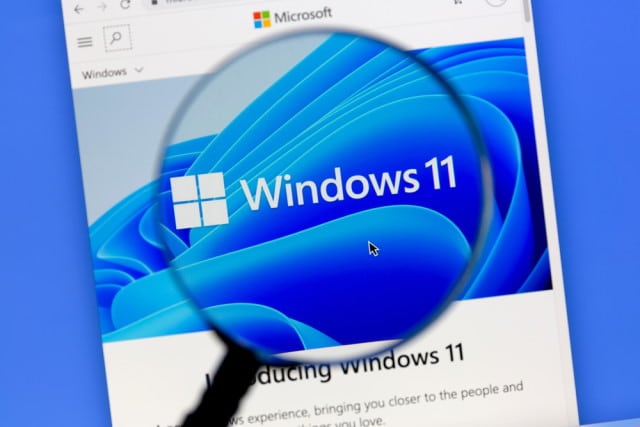Microsoft explains how to enable TPM 2.0 for Windows 11

There is often criticism leveled at Microsoft, frequently unjustified. But when it comes to explaining the system requirements for Windows 11, the company did an appalling job and thoroughly deserves the condemnation and vitriol the poor communications caused -- particularly when it comes to the requirement for TPM 2.0.
Now, with just weeks until Windows 11 starts to roll out, Microsoft has decided it is time to be a little more helpful. In a support document, the company explains in approachable language what TPM 2.0 is. But more importantly, the document also reveals how to check whether your computer has TPM 2.0 and how to enable it.
See also:
- Microsoft launches Windows 11 ad campaign with stunning video
- Windows 11 will feel faster than Windows 10... Microsoft explains why
- StartIsBack can replace the Windows 11 Start menu and taskbar with classic versions
Microsoft has written an article that is meant to help "users who are not able to upgrade to Windows 11 because their PC is not currently enabled with TPM 2.0 or their PC is capable of running TPM 2.0 but is not set up to do so".
The document is an apparent acknowledgement that Microsoft foolishly assumed everyone knows what TPM 2.0 is, and it goes some way to righting this wrong. Entitled Enable TPM 2.0 on your PC, the article starts by explaining two ways to check for TPM compatibility before explaining how to enable the feature if it is available.
In a tweet posted from the Microsoft Support account, the company links to the helpful TPM guide. But the tweet also serves as a neat guide to enabling TM 2.0, breaking it down into three simple steps:
Hopefully, the guide will help more people upgrade to Windows 11 if they want to do so.
Image credit: IB Photography / Shutterstock
